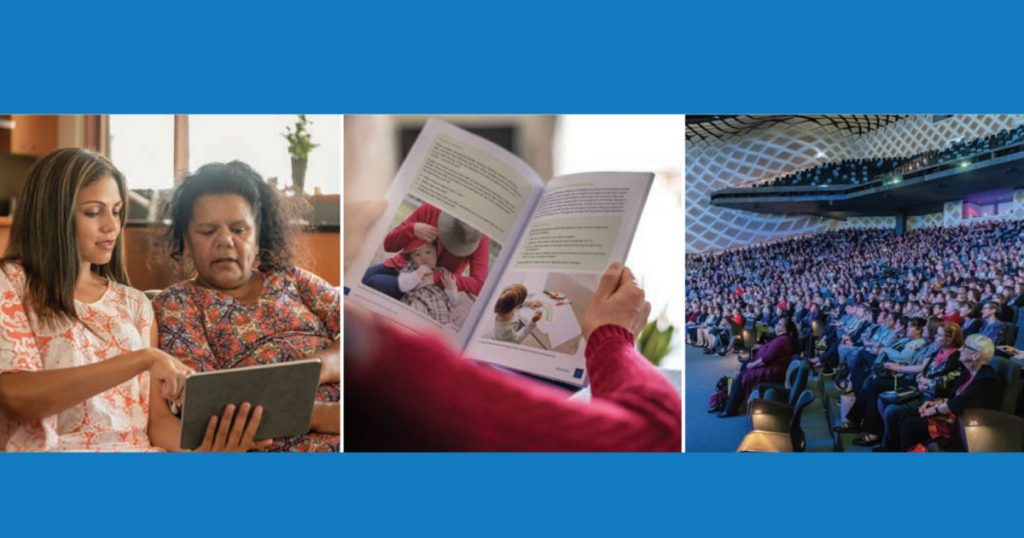
There’s no doubt that professional learning is essential for educators. It provides opportunities to share, network, set and achieve goals within the early education space, and it is inherently linked to quality outcomes for children. But how do you make a commitment to professional learning and make it a priority? Here are five tips to help commence, revisit or revamp professional learning within your setting.
If reading the words ‘professional learning’ make your eyes roll to the back of your head, keep reading! Professional learning doesn’t have to be dull. When delivered appropriately, it can be inspiring and enthralling for everyone involved.
The start of the year is also a fantastic time to commence, revisit and revamp professional learning within your service. Here are 5 helpful tips for leading professional learning.
1.Develop a Professional Learning Plan with clear goals aligned with priorities
It is important to be intentional when it comes to professional learning. Have a clear plan that outlines your priorities—for example, the onboarding of new employees, training on topics such as WHS and leadership development—and includes steps on how these can be implemented in your service.
2.Engage staff in decision making about their own learning to build ownership
When developing your Professional Learning Plan, you might consult with your team on how they think decisions should be made. Some services allocate time for individual members to complete approved training, while others take a team-based approach after agreeing on shared learning areas. There is no right or wrong way and your approach might change over time. Shared understanding and team input will help build enthusiasm, enhance ownership and embed professional learning into practice.
Once your plan is set, ensure that everyone understands how decisions will be made about group learning and individual opportunities.
3.Allocate a realistic budget to achieve the goals you have set
As a general guide, ECA recommends that early childhood services allocate between 1% (minimum) and 2% (good practice) of their annual expenditure on wages/salaries to professional development.
Another way to develop a budget is to identify the professional learning activities you would like your team to participate in and then calculate the cost of the training and participation (e.g. time and travel) to arrive at a number. You could also augment your professional learning budget by applying for training grants/subsidies or events scholarships.
4.Offer a variety of learning opportunities using multiple forms and approaches
Whether your aim is to build consistency across your team or to support individuals to flourish in specialised areas, offering a variety of professional learning opportunities will always be beneficial. Different approaches include—but are not limited to—professional reading, inquiry-based learning, online learning through courses and programs, conferences and events, or work and study tours.
5.Evaluate and sustain professional learning to create a culture of continuous improvement
To create a culture of continuous improvement, it is important to regularly discuss professional learning and evaluate its impact. Invite staff members to report back on their professional learning experiences and share what they have learnt. This will not only reinforce their learning but also expand the benefits to others.
Bonus tip
Don’t forget, wellbeing in the workplace matters too
The year 2020 was particularly challenging. The rapid changes that early childhood professionals had to navigate may have taken a toll on their mental health and wellbeing. To complement the Professional Learning Plan, early childhood leaders might also consider developing a Staff Wellbeing Plan:
- Identify work-related stressors and encourage your team to develop strategies or processes to minimise or manage these stressors.
- Provide resources to help staff members build their sense of self-efficacy and encourage self-care practices such as taking regular breaks and debriefing.
- Encourage connectedness with children, families and colleagues.
- Provide staff members the opportunities for individual growth and personal development.
- Monitor staff satisfaction regularly and identify opportunities for improvement.




